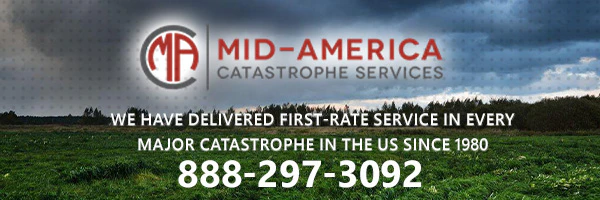
Go Paperless: How Electronic Payment And Billing Solutions Help Digitize The Claims Process
It is no secret that technology is continuing to disrupt the auto casualty and workers’ compensation industries. Further digitizing the claims process can provide a variety of benefits for payors and claimants alike, including improving the consumer experience, boosting efficiencies, reducing fraud and allowing for adjusters and other claims handlers to focus on what matters most—helping restore claimants’ lives after a challenging event.
June 10, 2020
Liability
Technology
Workers' Compensation
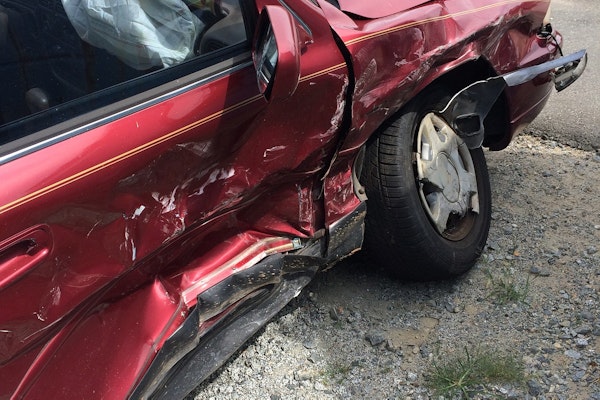
Total Loss Trends Emerge Amidst The Pandemic
Every industry has been impacted by actions taken to control the spread of COVID-19, including the automotive industry. Growing unemployment, coupled with a pivot to remote working, has changed consumer priorities and curtailed car-buying habits.
June 9, 2020
Auto
Salvage
Technology

Virtual Adjusting Steps Into the Spotlight
People across the country are trying to cope with the spread of COVID-19 and the far-reaching ramifications that it is bringing with it. Amidst the pandemic, all kind of industries have turned to the virtual world to cope.
May 26, 2020
Technology

Is Workers’ Comp Ready For Medical And Technological Evolution? It Better Be
The COVID-19 response has poured unprecedented focus and energy into medical innovation. Technology and care methods that seemed years from widespread adoption are becoming new realities.
May 22, 2020
Technology
Workers' Compensation

Algorand Targets Insurance Fraud With New Partnership
Distributed ledger technology (DLT) firm Algorand has partnered with blockchain-based tamper-proof media verification platform Attestiv to target fraud within the insurance industry.
May 21, 2020
Technology
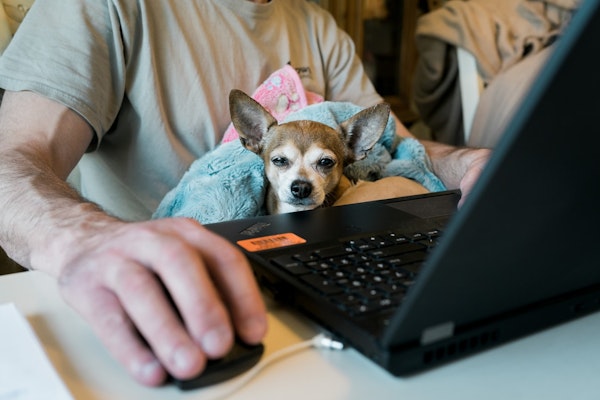
Leading Remote Workers In Insurance
Over the past two months, millions of workers in the United States have re-arranged to work remotely. It’s not a totally alien concept. Before the coronavirus pandemic, approximately over two-thirds of US businesses provided some form of remote work opportunity (at least occasionally) for their employees.
May 20, 2020
Risk Management
Technology

This App Shows Storm Surge Damage Before Flooding Begins
Damage assessments of flood-ravaged communities used to rely on post-disaster surveys. That’s changing. Scientists at one of the nation’s leading climate research consortiums last week released an “augmented reality” smartphone application that simulates how floodwater would inundate specific houses under varying storm surge conditions.
May 15, 2020
Property
Technology

Micro-Censusing: Risk Rating 2.0 And The Future Of Flood Insurance
The ability to micro-census — that is, to gather granular data about individual homes and businesses and use it to inform underwriting — will lead to the biggest changes in flood insurance since the launch of the National Flood Insurance Program (NFIP) in 1968.
May 13, 2020
Legislation & Regulation
Property
Technology
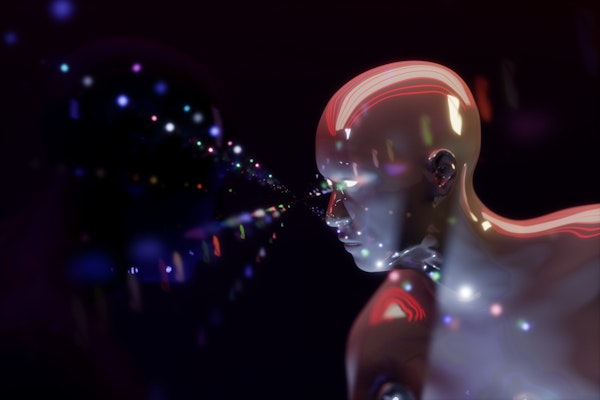
Can An AI Determine Which Potentially Fraudulent Motor Insurance Claims Are Worth Contesting?
Imagine you’re a claims manager for a motor insurer who’s been given 100 potentially fraudulent first notifications of loss to review. The question you’ve been asked is a simple yet stark one: of these 100 cases, how many is the insurance company likely to successfully repudiate and how many will it have to pay?
May 12, 2020
Auto
Technology

Are We Ready For A Technology Catastrophe?
When encountering the term “catastrophic risk”, most people will think about extreme weather, climate change, earthquakes, and other related concepts involving nature. However, Marsh’s Technology Industry Risk Study 2020 has highlighted a widely underestimated risk that could potentially lead to catastrophic results: the failure of technology to perform.
May 11, 2020
Catastrophe
Risk Management
Technology

The Show Must Go On: Claims And Litigation In A World Dominated By COVID-19
In case you weren’t aware, there’s a pandemic currently sweeping our nation, and the convulsions caused by COVID-19’s impact on our personal lives have only been rivaled by those felt in our professional ones.
May 8, 2020
Catastrophe
Litigation
Risk Management
Technology

Can The Auto Casualty Claims Process Assist Workers’ Compensation?
In today’s world, data is readily available. In an instant, your smartphone can tell you how many steps you’ve walked today, how many hours you’ve spent on Instagram and how many times you took an Uber last month.
May 7, 2020
Auto
Technology
Workers' Compensation
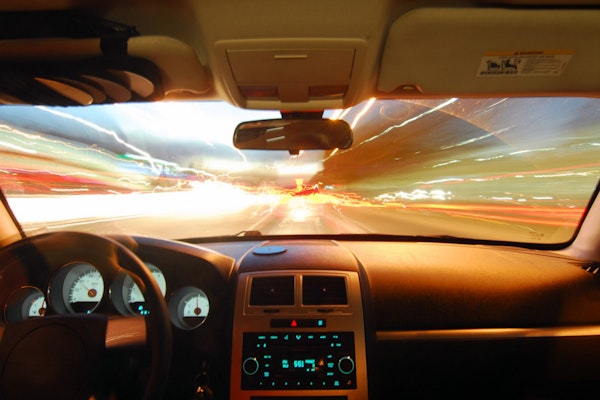
Don’t Want To Use Telematics? Carriers Will Eventually Say Too Bad
Everything has its price. The increasingly healthy diet we are eating presents the foodservice industry with “an array of new foodborne illness threats,” says Restaurant Guard Insurance veep Crystal Jacobs, adding: “Greens like romaine are now one of the nation’s most susceptible foods for carrying the bacteria that cause foodborne illness.”
May 1, 2020
Auto
Technology

The Future Is Being Recorded
In the transportation industry, dashcams have been added to fleets of trucks, often paid for or subsidized by insurance carriers looking for an advantage in underwriting, claims, and risk management. Accidents captured on video result in claims that are easier to defend and manage because the footage quickly helps inform the claims manager and attorneys about whether the claim should be denied or promptly resolved.
April 30, 2020
Auto
Liability
Litigation
Technology

The Realization Of Claims Virtualization
Five years ago, if someone mentioned “claims virtualization,” it most likely referred to an insurance carrier’s mobile application, or possibly just conjured visions of VR goggles used for high-tech simulations.
April 29, 2020
Auto
Technology






